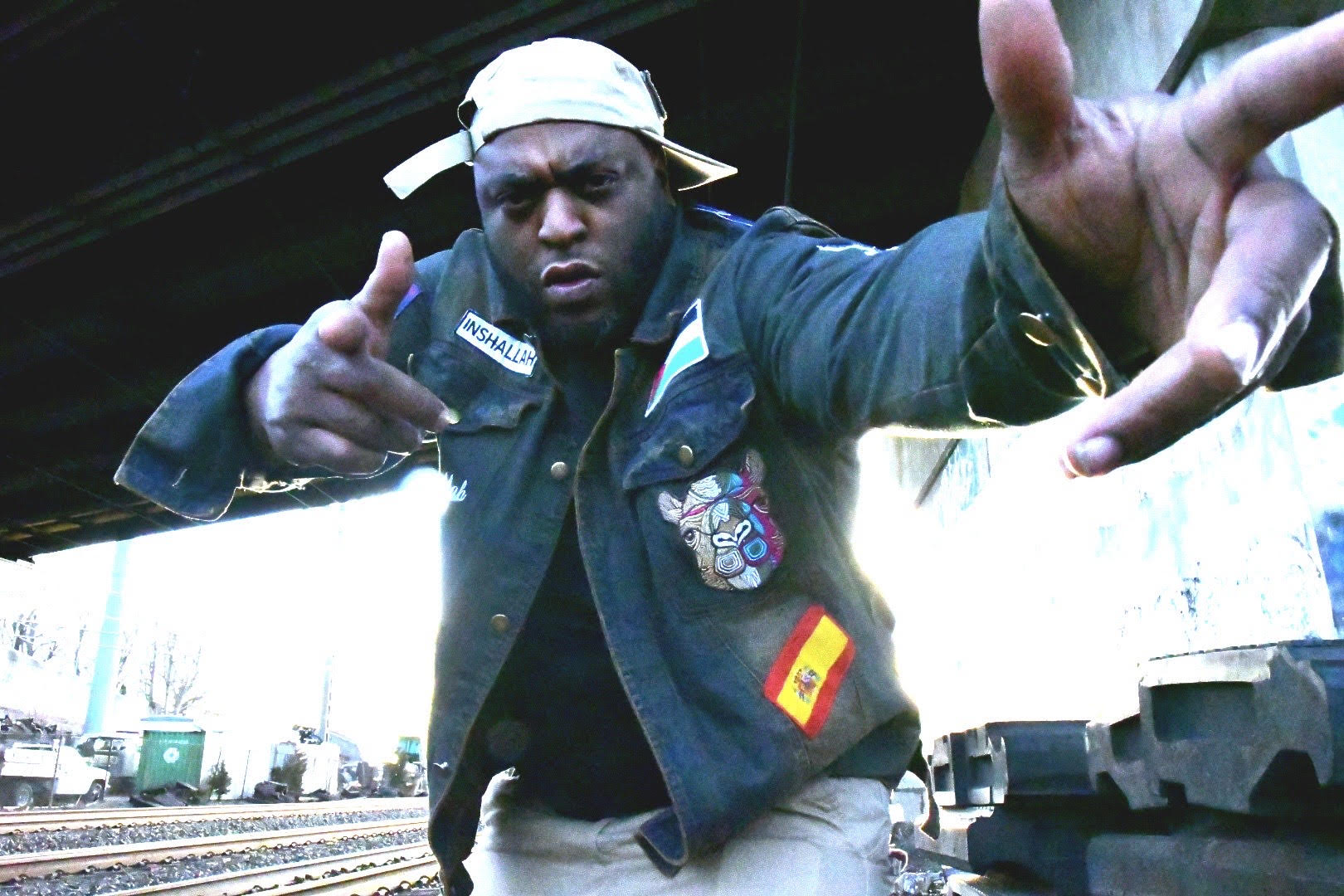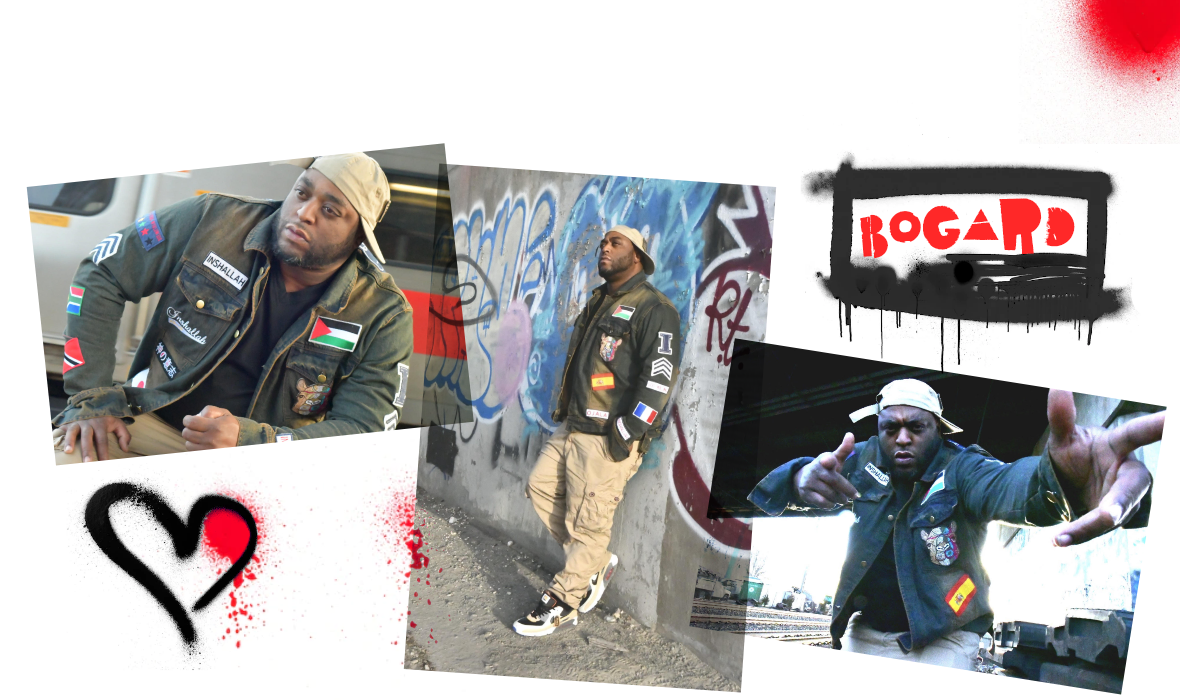

Andre, also known as Humphrey Bogard, discovered his love for performing arts, dance, drama, and music at the young age of eight. He began taking drum lessons and started mimicking his favorite rap artists in his spare time. As he developed his musical skills, he transitioned into DJing and eventually teamed up with his rapper cousin to form a group called Conn Artist. Humphrey worked hard to make a name for himself in the music industry, performing at local ciphers and major studios, and opening for notable rap groups. With a long list of performances, mixtapes, and music videos under his belt, Humphrey Bogard was born.





